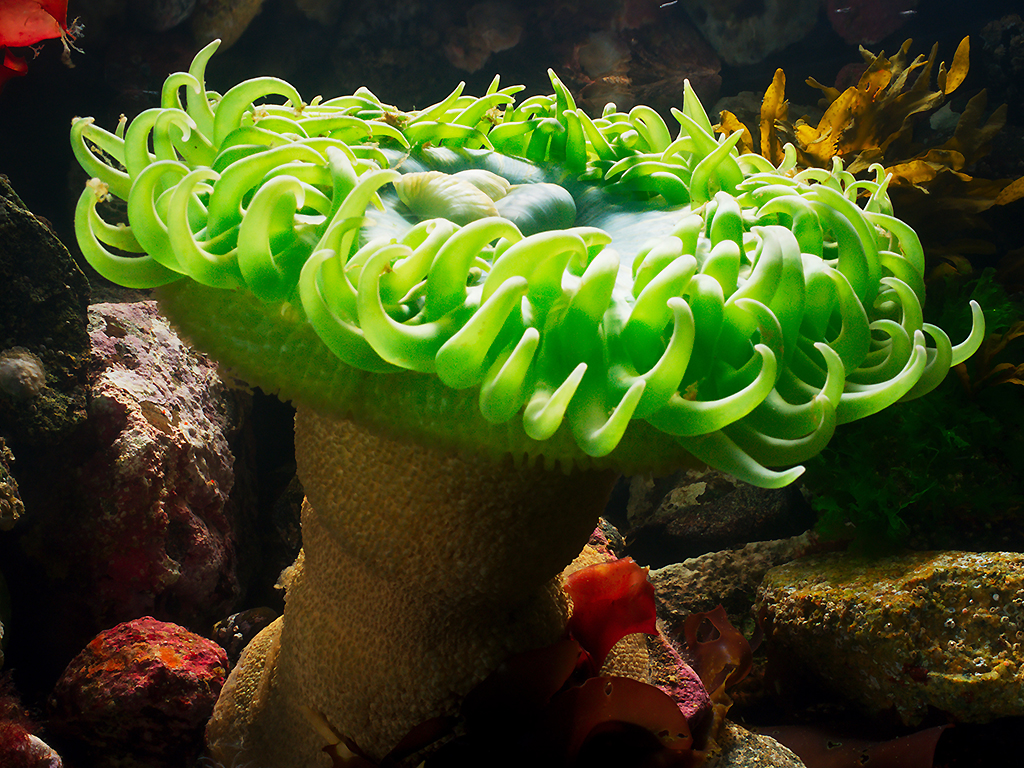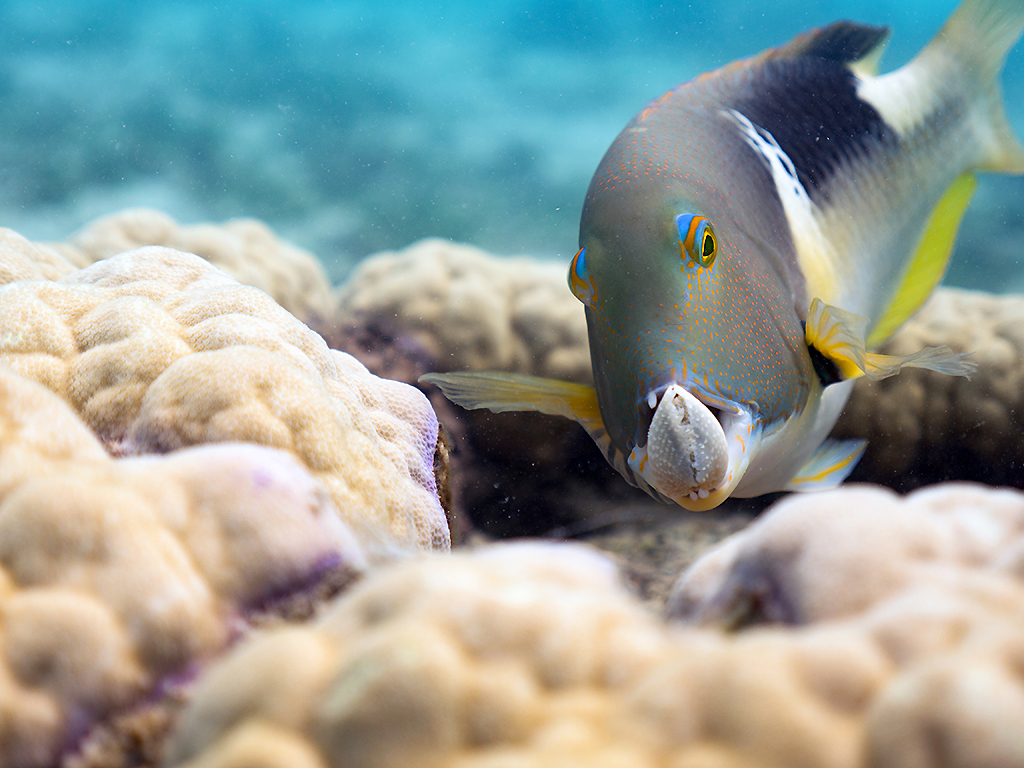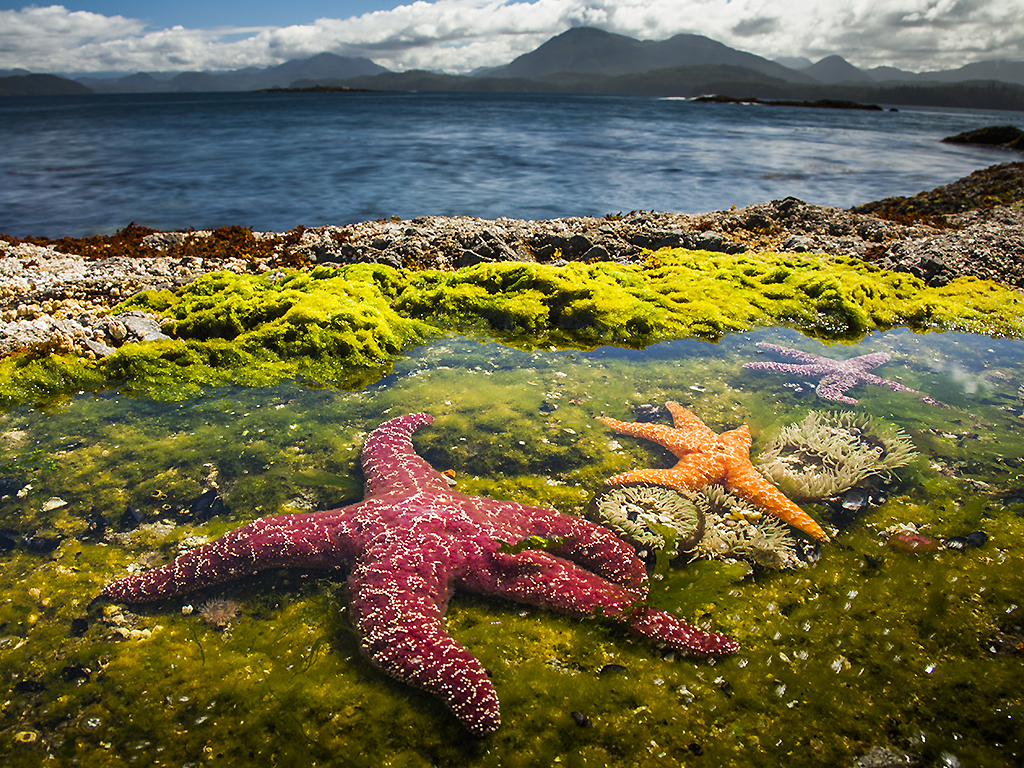For those of us who love nature television, there can never be enough specials. It feels like original nature docuseries Planet Earth II just ended, and now BBC Earth is giving us another gift: Blue Planet II.

The series goes underwater and focuses on Earth’s life below the oceans and in our seas, lakes and other bodies of water. Seven brand-new episodes showcase the wonders of our planet, from the coastlines to the deep, deep black water of our oceans.
READ MORE: Ellen Pompeo signs on for more ‘Grey’s Anatomy’ at $20M per year
Once again, the footage is startling and awe-inspiring. You’ll find yourself asking, “How the heck did they get this shot?” over and over as you swim next to humpback whales or squeeze through the crevices of an expanse of colourful coral. Shot over four years, Blue Planet II consists of 125 expeditions, visits to 39 countries and was shot on every continent. Crews spent more than 6,000 hours underwater.
Global News was fortunate enough to view the first episode, One Ocean, ahead of time, and we’re happy to report the series is of the highest quality. Here are seven things to know about Blue Planet II.
1. David Attenborough is back as narrator
What would a nature series be without this 91-year-old narrator? It’s almost like his soothing, knowledgeable voice acts as an impetus for these creatures to move around. Sir David Attenborough (that’s right, he’s been a knight since 1985) has spent the last 60 years becoming one of the world’s leading natural history filmmakers.
2. This is appropriate for kids of all ages
Other nature series feature tigers, lions and other carnivores ruthlessly killing prey, and it can be a tough watch for kids. Somehow, watching underwater creatures attack one another is easier to stomach, for the most part — though there are always exceptions, like a newly hatched turtle running for its life or a walrus calf trying to evade a polar bear. There are some sad scenes, for sure, but overall, this is safe viewing for children.
3. Underwater life is anything but boring, and is often unpredictable

Get breaking National news
There are so many things going on underwater, even in one localized patch of coral. Considering water covers 70 per cent of our planet, it’s staggering to contemplate the vast quantities of life teeming under the surface.
Take, for example, the giant trevally fish, which has garnered much scientific attention over the last few years because of its unique hunting method and diet, as you can see in the video, below. See the bird-eating fish for yourself — yes, that’s right. A bird-eating fish.

Or how about the tuskfish (so named for its jagged, scary-looking teeth), which production crews observed using coral to break open clamshells for its dinner? It’s the first-ever instance of a fish being observed using tools, a level of intelligence usually reserved for primates.
4. The production crew made many first-time discoveries
Aside from the tuskfish, Blue Planet II made many significant first-time observations while filming. Among them are the strange relationship between New Zealand false killer whales and bottlenose dolphins — two completely different species foraging and socializing together, and an octopus placing shells and rocks on its suckers to use as camouflage and protection from predators like sharks. There are many more discoveries that we don’t want to spoil here.
5. The 7 episodes cover a wide range of topics
While the series focuses solely on water and water life, it never grows dull. The episodes are:
1 – One Ocean (how humanity and nature is all interconnected, and the impact of climate change)
2 – The Deep (a look at the deep ocean)
3 – Coral Reefs
4 – Big Blue (the so-called “Big Blue” is a marine desert, far from shore and kilometres deep)
5 – Green Seas (Seas filled with plankton and kelp, where the ocean is rife with life and creatures fighting to survive)
6 – Coasts
7 – Our Blue Planet (an analysis of global warming’s impact on the planet, and other odds and ends)
6. Don’t be fooled: there is cuteness abound in this series
Your first thought may be that fish aren’t that cute, but that’s not necessarily true. They’re still fascinating, even though they have scales instead of fur. And if you’re still not convinced, never forget the abundance of mammals (all of them adorable) that subsist only because of the ocean. We’re talking walruses, otters, polar bears, snow foxes… we could go on.
READ MORE: Ashleigh Banfield fuels feud with Babe.net reporter, reads her email on air
A standout moment from Episode 1 involves a walrus mom with her calf. Their cuddles are enough to bring a tear to the eye, especially when you find out that walrus mothers will maintain communication with all their calves for their 40-year average lifespan.
7. As with most nature specials, you might hate humanity by the end
There’s ample evidence that humanity has caused irreversible damage to the oceans. With the polar ice caps melting, scientists are seeing devastating effects on Arctic wildlife with the sea-level rise. Over the past 30 years, the extent of ice in summer has reduced by 40 per cent. We’re also polluting our water at an alarming rate, and more and more “garbage patches” of floating plastic and waste are appearing in the oceans.
To see the variety of life that we may be harming is a tough pill to swallow, but yet another reason to bask in all the bounty this planet has to offer.
‘Blue Planet II’ premieres on Saturday, Jan. 20 at 9 p.m. ET/PT on BBC Earth.











Comments